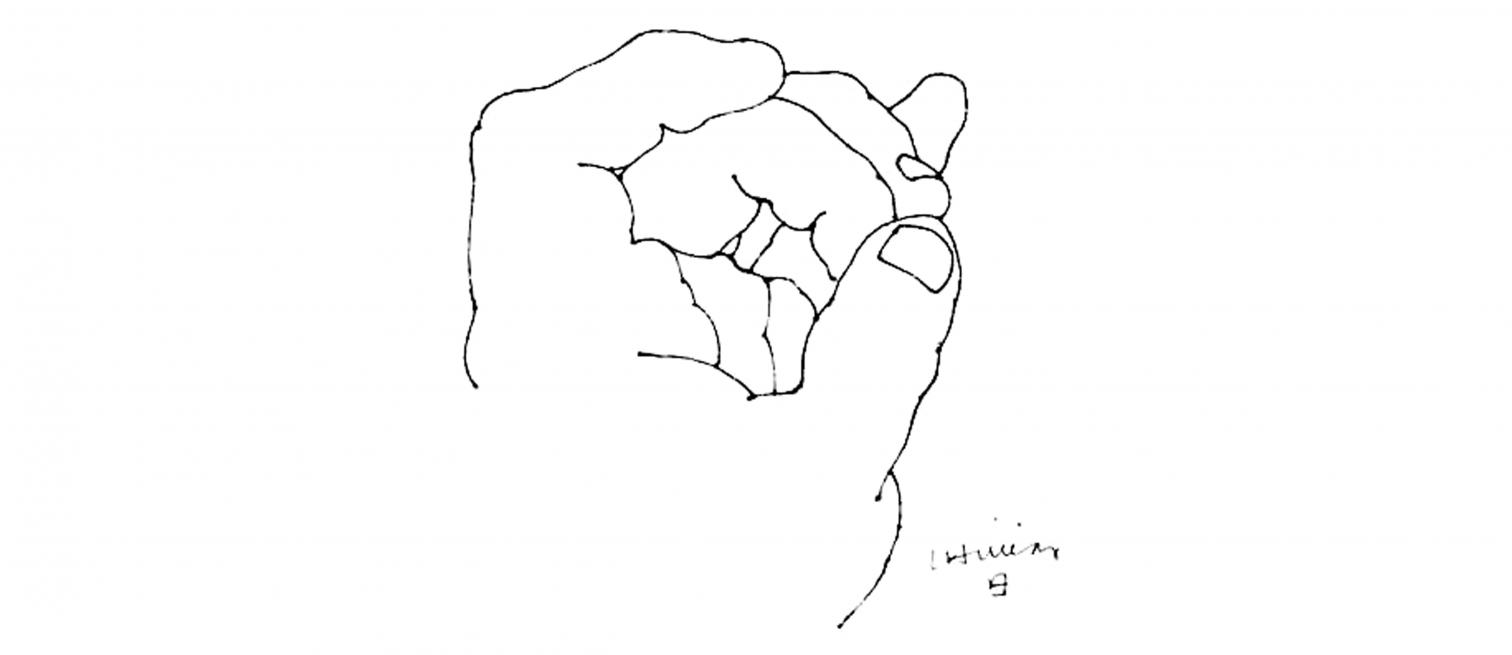
Fingers save us from the digital. Beyond the etymological paradox, the reality they perceive serves as material support before the unsettling evanescence of the virtual. When the context dissolves into pixels or bits, the tactile recovers the sense of presence, and the marks of hands convey the passage of time. We leave traces in the world through the handling of the environment, and only the irregularities of texture or line reflect the tremor of life in the making of objects or buildings, spanning the temporal distance to establish a dialogue with the craftsman behind them. Today, as artificial intelligence and robotics create a post-human universe, the moving imperfection of everything shaped by the hands of our fellow human beings reconciles us with our condition and gives us relief from the vertigo of transition.
The art historian Henri Focillon published ‘Éloge de la main’ in 1934, as an appendix of his most popular work, La vie des formes. Here we borrow its title to remember he who described the hand as “l’instrument de la création, mais d’abord l’organe de la connaissance”, and who, even ignoring “s’il y a rupture entre l’ordre manuel et l’ordre mécanique”, knew well that “l’esprit fait la main, la main fait l’esprit”. The hand, he wrote, “apprend à l’homme à posséder l’étendue, le pois, la densité, le nombre. Créant un univers inédit, elle y laisse partout son empreinte. Elle se mesure avec la matière qu’elle métamorphose, avec la forme qu’elle transfigure. Éducatrice de l’homme, elle le multiplie dans l’espace et dans le temps”, words which close his essay, to which this introduction – written by hand as all of them, with an HB lead – pays a modest tribute.
I have quoted Focillon so extensively because his formalism, which extended to art critics like Bernard Berenson or Clement Greenberg, has become an unjustly dismissive term, suffering as much abrasion as the vitalism of Henri Bergson, the philosopher who was his main influence, or like the material history of his Yale disciple George Kubler, who in The Shape of Time used formal sequences to explain the evolution of objects. This tradition, which reaches us with a materialist accent in the Richard Sennett of The Craftsman and with a phenomenological aura in the Juhani Pallasmaa of The Thinking Hand, establishes a connection between form and hand that leaves in the works the signs of their human origin and traces of their journey through time. Defending the hand is defending form and matter in an increasingly immaterial and formless world.





